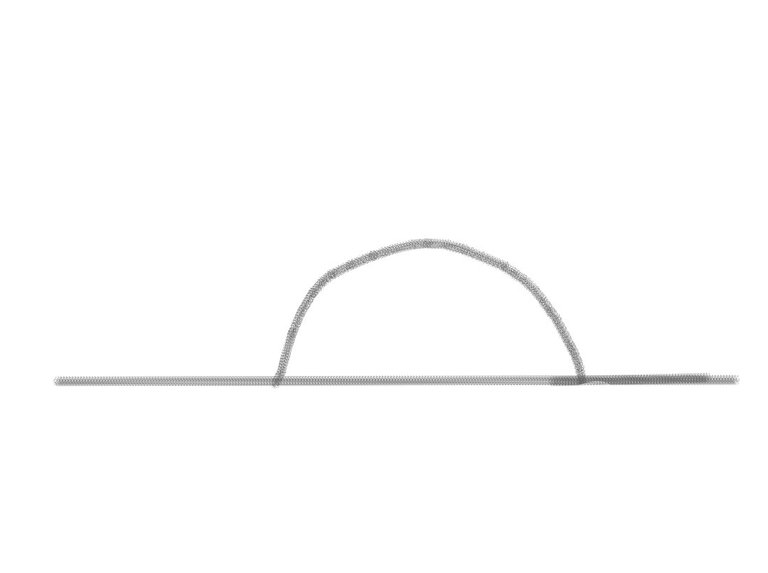There's this interesting diagram that looks like a road bump, in which the line climbs to the top, stays there for some time and then comes down in an almost equal speed and proportion as it was during the ascend.

In both theory and practice, the line could be almost anything. Life will always come with its peak or a bubble of sorts, and then everything gets back to normal, as in how things where before the peak.
At least, that's what the diagram suggests. Human experience tells a different story.
In some cases, things really don't get back to normal like before. A distinct change may happen after the peak is reached.
A broad example could be climbing on the top of Mount Everest. Both the external impression of peak conquest and the internal awakening creates a paradigm shift that when you get back to normality, normality wouldn't feel the same anymore.
Of course, we're forgetful beings. The proverbial matrix will wipe out the raw impact and the vivid detail of our experience, leaving only the facts without any visceral feeling.
Inverting the Model
Now, the opposite of a peak is a valley. According to the above diagram, there's only a baseline and a peak, the baseline is where everything starts and ends.
But If I turn this diagram up side down, then there's still a baseline, but instead of a peak, we get a hollow.

The latter is arguably the more realistic or common pattern that represents the human experience for two key reasons.
First, there's a truth in how valleys connect us through our shared vulnerabilities.
For the most part, peak moments tend to isolate us in their singular glory ("it's lonely at the top"). It's you on top of the world.
During low moments however, you somehow shift to me against the world and try turning it into us against the world. Shared struggles have a way of dissolving the barriers between people that success sometimes builds.
Second, there's the matter of permanence. Peak experiences, however magnificent, tend to be fleeting. I've wondered why and nothing concrete comes to mind other than the fact that we're not built to live on mountaintops.
The valleys are needed to truly appreciate the views, so to speak.
Interestingly, modern society seems to have this backwards. Our cultural narrative mostly celebrates peaks and hides valleys, which creates a rather unrealistic expectation of constant elevation.
This is how social media feeds with glorified peak moments lead many to feel alone in their low points, not realizing these depths are as universal as breathing.
A Complete Picture
I think what's more realistic or practical is combining both patterns, since that's how life usually functions.

We experience a peak – a promotion, an achievement, a moment of glory – followed by a return to baseline.
Later then comes the valley, perhaps a loss, a failure, or a crisis that drops us below our normal state which later leads into finding our way back into the baseline, and vice versa.
In summary, the peak shows us what's possible and the valley grounds us in what's real. The baseline serves as a reference point, the place where we process both peaks and valleys.
Thanks for reading!! Share your thoughts below on the comments.
